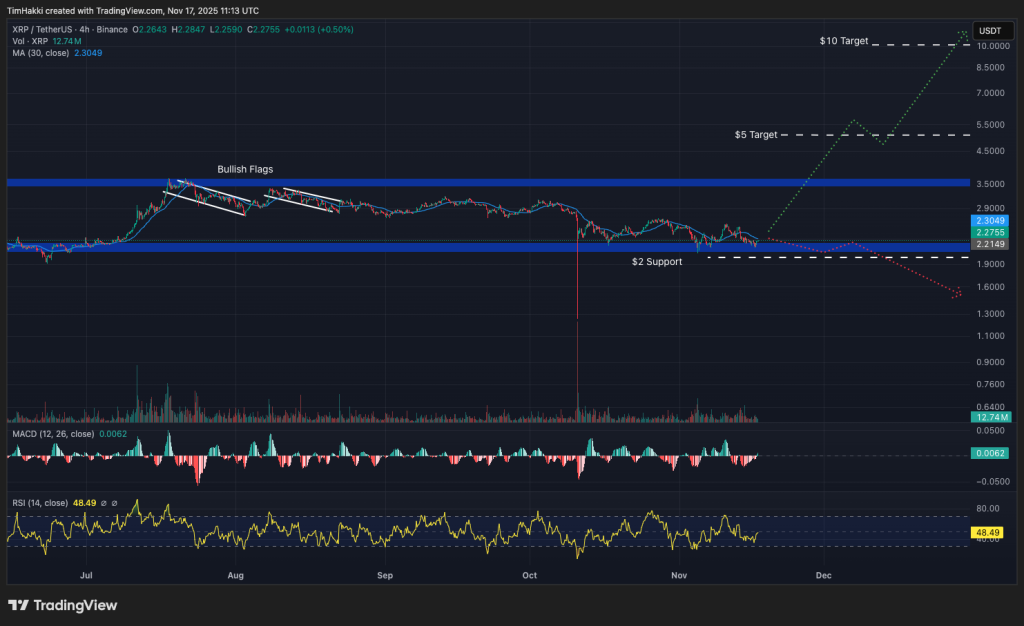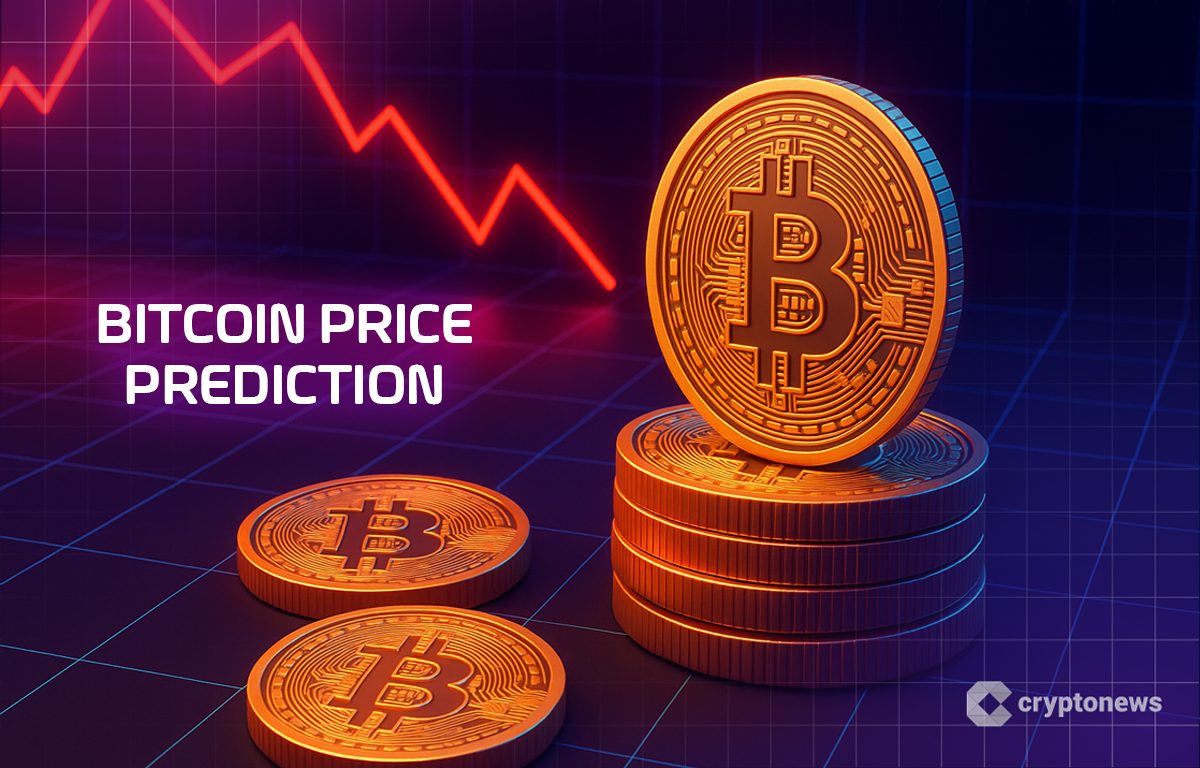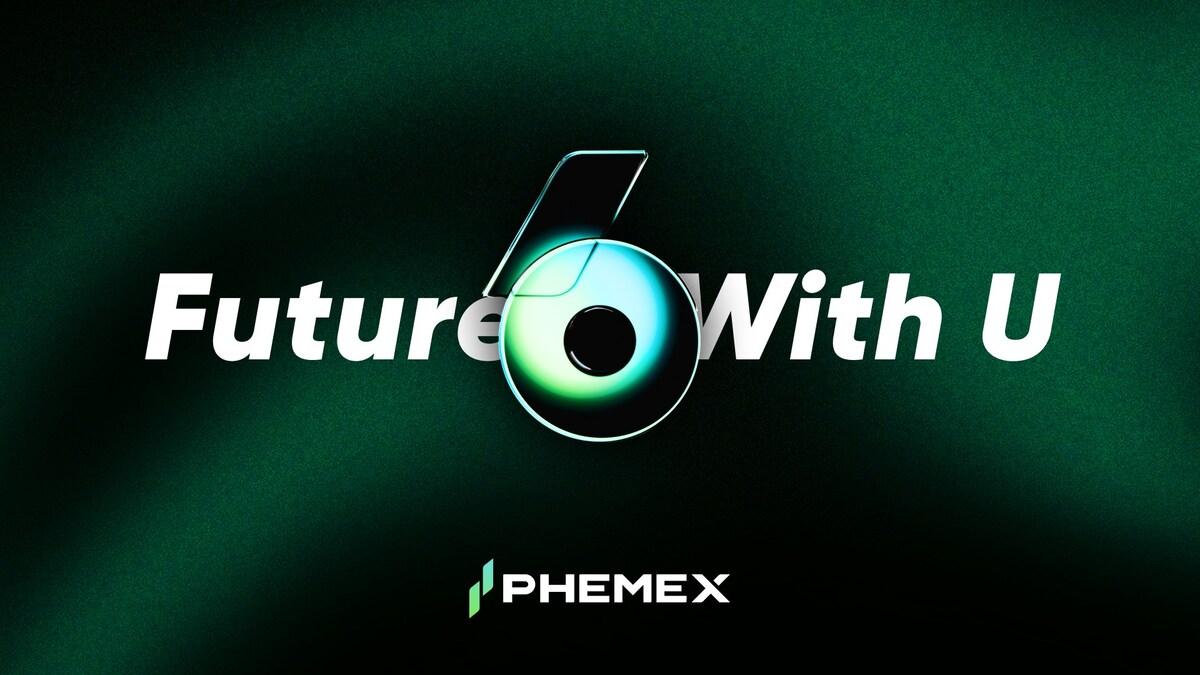Gonka is redefining decentralized infrastructure by optimizing computational power for AI model training and inference. Unlike traditional centralized cloud providers—often costly, monopolistic, and prone to censorship—Gonka offers a scalable and efficient alternative that channels nearly 100% of its computing resources into meaningful AI tasks. Recently, David Liberman, co-founder of Gonka, joined BeInCrypto for an AMA session to discuss how the platform’s novel consensus mechanism transforms Proof-of-Work into a productive system for AI computation. During the session, David explored why compute power is becoming the new currency, how Gonka bridges the gap between AI and decentralization, and what gives the project the potential to outperform tech giants like AWS, Google, and OpenAI. In this article, we’ll recap the key takeaways from the AMA and unpack how Gonka is pioneering a new era for decentralized AI infrastructure. BeInCrypto: So, for everyone just joining – today we’re talking about Gonka, the decentralized AI compute protocol that’s taking on centralized giants and redefining Proof-of-Work for the AI era. So David, let’s start with the big one – you’ve said that Gonka is not a company, not a startup, and not even a platform, but rather a network and a protocol. Can you explain what that means in practice? How does Gonka actually function without a traditional team or ownership structure? David Liberman: In practice, everything is governed by consensus of the protocol; there is no foundation or any org controlling the protocol. Miners with their vote control the network. Bitcoin is a great example, how protocols can be governed without traditional structures We’re based in the U.S., where regulators are quite clear that you shouldn’t raise funds to build protocols. Otherwise, the coins are considered securities. We know that many projects outside the U.S. don’t follow those rules, but in our case, we wanted the network’s coins to be freely used by developers in San Francisco. So we never raised funds with the promise of coins and ensured the network was community-controlled from the genesis BeInCrypto: That’s super interesting – and honestly pretty rare these days. It sounds like Gonka was designed from day one to stay truly decentralized – not just in tech, but also legally and economically. Love that you mentioned the U.S. angle too – it’s refreshing to hear about a project that was actually built with compliance in mind rather than trying to work around it. So let’s dig into the origin story a bit. You’ve said Gonka was born out of collaboration between Web2 AI researchers and Web3 miners. That’s not a combination we see often! What brought those two worlds together, and how did that shape the early design of the network? David Liberman: Yes, Gonka provides pure utility, and most of the developers building AI startups are in the US. We come from the “Web2” world and have been building AI companies for the past 15 years, but we’ve always been passionate about decentralization as a way to create the most efficient compute network. When we were in college in the early 2000s, we built a community of 300,000 computers around the world. Initially, we just wanted to do scientific computing, but once the network came together, we realized it had a total power of 10 teraflops. More than the largest supercomputer at that time. Since then, we’ve believed that the networks of the future should be decentralized. When Bitcoin was released, its idea of “One CPU, One Vote” was rooted in the truth that the greatest computing power should remain in the hands of the people BeInCrypto: That makes total sense – keeping it purely utility-focused is such a smart move, especially when your core dev base is in the U.S. That’s wild – 300,000 computers back in the early 2000s?! That’s basically proto-Gonka! You were crowdsourcing compute power before it was cool haha. So let’s fast-forward to today – your Proof-of-Work model isn’t just for mining, it’s actually useful. It trains and runs AI models instead of wasting energy on random hashes. Can you walk us through how that works technically? How did you make PoW “productive” instead of purely computational? David Liberman: Yes, that’s correct. We use a Proof-of-Work model to build the infrastructure, with all new coins issued daily going to miners. The more computing power you contribute, the larger your share of coins. It’s crucial to actually build an infrastructure of hundreds of thousands of high-end GPUs and later ASICs, which none of PoS protocols will be able to achieve. Our PoW function is different from Bitcoin’s. It’s based on Transformers, the underlying technology behind most AI models today. Secondly, the consensus uses a novel Sprint principle. It ensures that 100% of computing power is utilized for a short period. About five minutes a day, simultaneously across the network. During that time, everyone proves they possess the computing power they claim, making it impossible to cheat or pretend to have more. Similar to how Bitcoin works. BeInCrypto: That’s a great point – taking the PoW idea and making it useful instead of purely symbolic really changes the game. But then comes the big question – how do you keep that system fair as it scales? If 80% of tokens can only be mined through real compute, what prevents big GPU holders from taking over and centralizing the network again? David Liberman: Yes, that’s correct. The network evolves according to its incentives. That was Satoshi’s major breakthrough. If you design incentives to grow computing power, it will scale at an enormous pace. But if you focus incentives on stakers, the overall computing power will remain relatively small. If you have 999 GPUs and I have 1, it’s fair that I receive 1/1000 of the reward. That’s not a problem. The real issue arises when your 999 GPUs allow you to prevent me, with just 1 GPU, from entering the market. And that’s what happens in centralized clouds. When dominant players can prevent smaller players from even entering the market. If you look at who owns GPUs today, millions of high-end GPUs are in the hands of smaller players. But without Gonka, they would be sidelined from participating in the growth of the AI market. BeInCrypto: That’s a really clear way to put it – it’s not about having more, it’s about keeping the door open so anyone with hardware can participate. I like how you frame it as fixing the access problem, not just the scaling problem. David Liberman: That’s what Bitcoin showed us. Today, the Bitcoin network represents 26 gigawatts of data centers, more than Google, Amazon, and Microsoft combined. If we reach a similar balance in the future AI world, I’d be fine with Google, Amazon, Microsoft, OpenAI, and xAI each having 10% of the market, while the Gonka community holds the rest. BeInCrypto: And that naturally brings us to the economic side of it. You’ve said before that AI compute is the new currency, and that GNK is the first token to represent that. That’s a big statement – can you walk us through how compute actually becomes valuable in the Gonka model? David Liberman: In the Gonka network, around 310,000 GNK are issued daily, gradually decreasing with a halving every four years. These coins are backed by the underlying cost of the GPUs mining them. Two months ago, when there were only 64 H200 GPUs in the network, each earned about 4,800 GNK per day. Now, with over 1,200 H200 GPUs in the network, each earns around 250 GNK At first glance, it looks like earnings dropped 20x. But in reality, the underlying cost of mining each coin increased 20x, meaning every coin now represents 20 times more value, so those who mined two months ago have already 20x’d their mining investment And the number of GPUs in the network grew 30% just though the last week That is what it means for GNK to represent AI compute.” BeInCrypto: That’s a really elegant mechanism – it’s almost like proof of real economic work, not just technical work. The way GNK’s value adjusts with network growth makes it feel directly tied to the cost of real compute power. And speaking of that transparency – I saw in your whitepaper that mining 1 GNK currently costs around 7–9 cents, based on GPU rent rates. That level of clarity is pretty rare in crypto. Do you think this model could actually reshape how the industry prices access to compute – turning it into a measurable, market-based asset? David Liberman:If Bittensor were a PoW network, with its current FDV, it would have around 40-50K H200 GPUs in the network. Far more than it has now. With that level of compute, its FDV would be much higher (at a level of a major centralized GPU provider), and the network would keep expanding. Unfortunately, most of their rewards are wasted on stakers The cost changes daily as the network grows; it’s hard to keep up. Yes, we believe that. Especially once AI ASICs begin to dominate the network, Gonka will become the standard that shapes the entire industry BeInCrypto: Let’s talk about the community. From 6 hosts and 80 GPUs in early tests to over 500 GPUs across 28 hosts today – that’s fast growth. Who’s joining the network right now? Are these miners, researchers, or new kinds of participants entirely? David Liberman: I think Gonka recently passed 60 active hosts. These include professional miners (e.g., 6Block), VC firms (e.g,. Hard Yaka), GPU data centers (e.g., Hyperfusion), and individuals who believe in decentralized AI. We currently have 1,400 members in our Discord community, a 3x increase in just the past two weeks, and most of them are miners and developers UPD: since the interview, Gonka network has 142 hosts and ~2,270 H100 GPUs. BeInCrypto: And since Gonka is fully community-governed, how do you handle upgrades and proposals? Is it purely on-chain voting, or is there some hybrid governance model? David Liberman: All voting for upgrades and proposals is done purely on-chain. Our community is very supportive when it comes to improving the network’s capabilities BeInCrypto: The network’s growth has been pretty impressive – from just a few early hosts with 80 GPUs to now hundreds across dozens of participants. Who are these new contributors? Are they mostly traditional miners expanding into AI, or developers and smaller teams looking for decentralized compute power? And how does governance actually work in practice – how do participants propose or vote on upgrades to the protocol? And since building something like this isn’t exactly simple, what’s been the toughest part of getting Gonka from idea to where it is now? Was it more about the technical challenges or about convincing people that decentralized AI compute could actually work? David Liberman: I don’t know all the miners, we try to communicate with most of them over Discord, though not everyone responds. From what I can see, they’re fairly evenly distributed among those groups. Proposals are first distributed on Discord, then posted on-chain (it can be posted by any active participant with a fee) and then on-chain voting takes place using the Gonka CLI or node dashboards. First, the technology itself turned out to be much more challenging than we initially expected We thought “it would be easy to replace the hash function with a Transformer-based one,” but in reality, it took a tremendous amount of effort to do it right. Then there’s the challenge of “competing” with the most valuable companies in the world. People were often skeptical that it’s even possible to win. But the fear of a world where those companies control everything has actually helped draw attention to our cause, and the example of Bitcoin inspires us all. BeInCrypto: That’s incredibly insightful 0 and honestly, it’s impressive how you managed to push through both the technical and psychological barriers. Competing with the biggest players in the world while building something from scratch is no small feat. Before we wrap up, let’s end on a forward-looking note. If Gonka succeeds – if compute truly becomes open, censorship-free, and community-owned – what does that future look like 5 to 7 years from now? Who stands to benefit the most from that shift… and who might lose their grip on power? David Liberman: AI will become so affordable that the productivity it enables will enhance the lives of every human on earth. We’ll move toward a future where each of us owns personal robots, powered by agents that belong to us and align with our individual goals Frontier labs like OpenAI and Anthropic, as well as major tech companies, will still exist. But more than 50% of all compute will take place on protocols owned by the people At the same time, decentralized protocols will surpass $10 trillion in value, and those who contribute to the ecosystem will be the biggest winners. Thank you for such an amazing discussion. Please follow us on x.com/gonka_ai And join our Discord: https://gonka.ai/ – hope to see you all there. Conclusion The AMA session with David Liberman gave us an inside look at how Gonka is transforming decentralized compute for the AI era — turning Proof-of-Work into something truly productive. David shared how Gonka maximizes efficiency, cuts costs, and empowers the community to contribute real computing power to AI innovation.Big thanks to David Liberman for joining us and sharing how Gonka is building the future of decentralized AI with the BeInCrypto community! The post Gonka X BeInCrypto AMA Session appeared first on BeInCrypto.

More Headlines

Best Crypto to Buy Now 17 November – XRP, Solana, Dash
CryptoNews.com

Why Is Bitcoin Price Crashing? Arthur Hayes Isn’t Surprised
NewsBTC

Bitcoin Price Prediction: Is the Bearish ABCD Pattern Pointing to a Drop Below $83,800?
CryptoNews.com

Bitcoin Bear Market: Confirmed Or False Alarm? Experts Sound Off
BitCoinist

Analyst Says $1.1T Wipeout Signals New Era for Crypto Markets
CryptoPotato

Future With U: Phemex Celebrates its 6th Anniversary with 66% User Growth and Shared Vision
TheBitCoinNews
